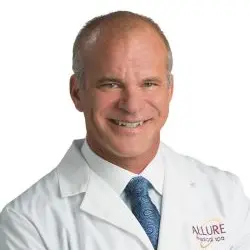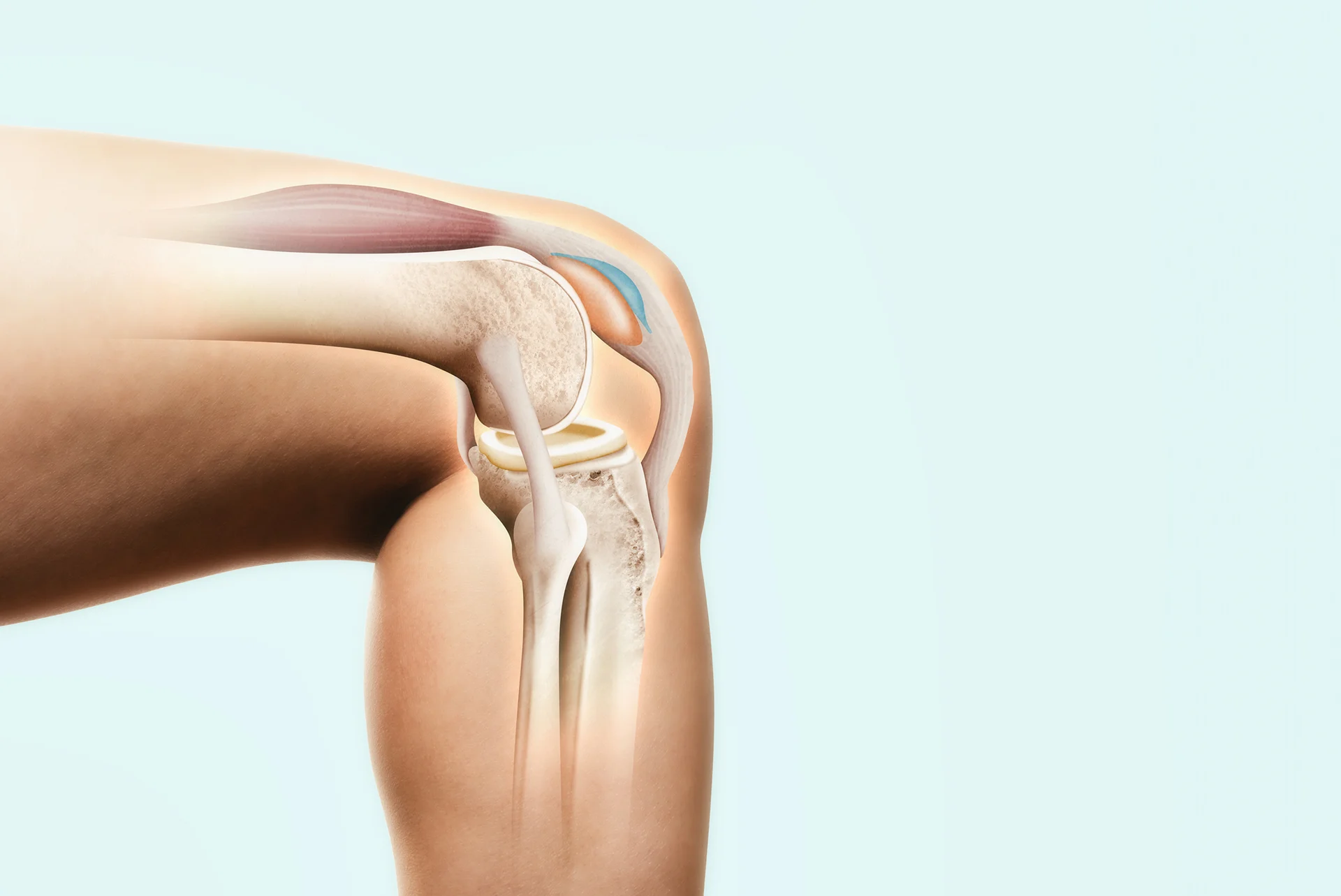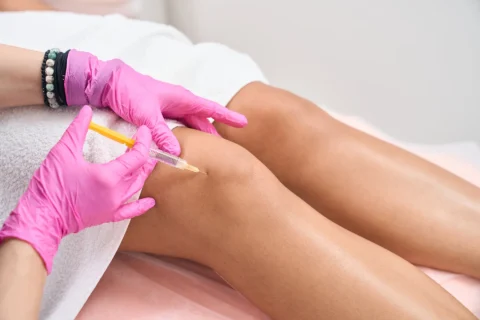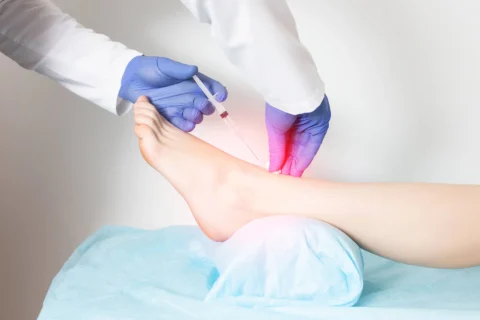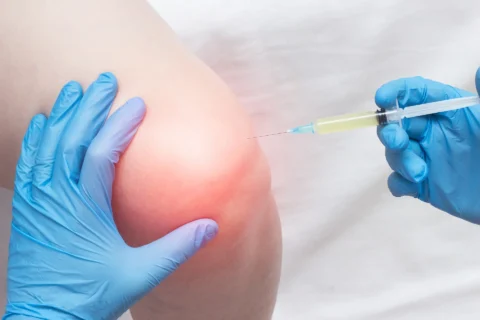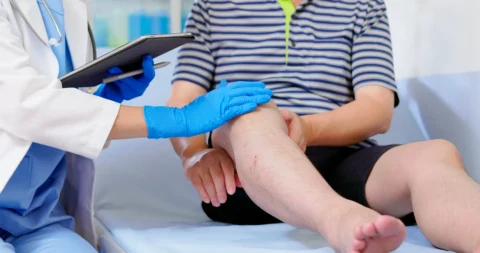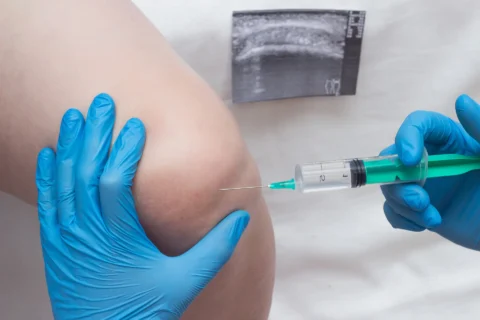If you’ve experienced joint pain and stiffness from an injury or condition like osteoarthritis, you may wonder if stem cell therapy could help restore your cartilage.
Damaged cartilage has very limited natural healing ability, leading many to seek regenerative solutions like stem cell therapy. So can stem cells really regenerate cartilage in joints?
The answer is a cautious yes – research indicates stem cell therapy has the potential to restore cartilage, but more clinical trials are still needed. Here’s a closer look at how it works.
Can Stem Cell Therapy Restore Cartilage?
Stem cells are undifferentiated cells that can become other cell types. Mesenchymal stem cells (MSCs) are commonly used for cartilage repair. They can be obtained from bone marrow, fat, or other tissues. MSCs have the unique ability to differentiate into chondrocytes – the cells that produce cartilage.
Animal studies have shown promising results, with MSC injections leading to new cartilage formation. Early human trials also demonstrate some cartilage thickening and repair after stem cell therapy. However, the quality of this regenerated cartilage is not yet equal to natural hyaline cartilage.
While more evidence is still needed, current research suggests stem cell therapy can regenerate at least some cartilage through:
- Direct differentiation of injected MSCs into chondrocytes
- Paracrine effects – stem cells secreting cartilage-promoting proteins
Overall, stem cell therapy holds potential for cartilage restoration, but larger scale studies are needed to confirm effectiveness. Talk to your doctor about whether it could help repair your joint cartilage damage.
How Does Stem Cell Therapy Regrow Knee Cartilage?
Knee arthritis is one of the top targets for stem cell therapy. But how exactly can injecting stem cells lead to regrowing damaged cartilage in the knee?
There are two key mechanisms stem cells use to stimulate cartilage regrowth:
Cell differentiation
- Injected MSCs can directly differentiate into chondrocytes (cartilage cells)
- This replaces lost chondrocytes in injured cartilage areas
- However, the quality of regenerated cartilage may differ from original hyaline cartilage
Paracrine effects
- MSCs secrete growth factors and anti-inflammatory proteins
- These factors signal the body’s own stem cells to proliferate and migrate
- They also stimulate chondrocytes to synthesize more cartilage matrix
- Specific factors like IGF-1, TGF-β1 encourage cartilage regeneration
Research indicates both differentiation and paracrine effects play a role in renewing knee cartilage after stem cell therapy. The injected MSCs don’t only directly replace damaged cells, but also activate the body’s innate repair mechanisms.
Early results are promising, but more research is still needed to optimize stem cell delivery and activity for the best knee cartilage regeneration.
Are There Any Risks or Downsides to Stem Cell Therapy for Cartilage?
Stem cell therapy appears relatively safe from the studies, but there are some potential downsides to consider:
- Moderate pain during injection – Like any shot, stem cell injections involve some discomfort. Pain may continue for a few days post-procedure.
- High out-of-pocket costs – Most insurance plans still consider stem cell therapy experimental and do not cover it.
- Complex cell processing – Isolating, growing and preparing cells for injection requires expertise. Variability between providers may affect outcomes.
- Rare side effects – Infection at the injection site is possible. Uncontrolled stem cell proliferation could theoretically occur. Strict cell source screening is crucial.
- Unproven for advanced arthritis – Stem cell therapy may only help in early stages of osteoarthritis and is not a substitute for total joint replacement.
Status of FDA Approval
Stem cell therapy for cartilage regeneration in the U.S. is still in the clinical trial and experimental stage:
- No stem cell products are definitively approved by the FDA to regenerate cartilage.
- Certain adipose and bone marrow stem cell preparations have minimal manipulation designation by the FDA, allowing use for cartilage defects under clinical guidance.
- Investigational trials are underway on novel MSC transplantation methods and optimizing cell culturing techniques.
- Expanded approval depends on successfully completing large, controlled phase 3 trials showing safety and efficacy.
The FDA maintains high standards for approving stem cell products given clinical uncertainties and complex manufacturing. Scientists must conduct rigorous trials to meet approval criteria.
Conclusion: Cautious Optimism for Cartilage Regeneration
Stem cell therapy offers an exciting, innovative way to stimulate cartilage repair that may reduce joint pain and restore function. Early results demonstrate measurable improvements in some patients.
However, there are still open questions regarding optimal procedures, long-term outcomes, and definitive efficacy – especially for advanced arthritis. Much larger scale, rigorous clinical trials are needed to evaluate this approach further.
There is cautious optimism in the regenerative medicine field that continued responsible research will unlock the full potential of stem cells for cartilage regeneration. But we owe it to patients to remain realistic until definitive evidence is gathered.
By learning all you can now and staying updated on the latest evidence as it emerges, you’ll get a balanced view of what stem cell therapy may offer for your cartilage damage. With open and ethical scientific inquiry, regenerating cartilage could become a new reality.

